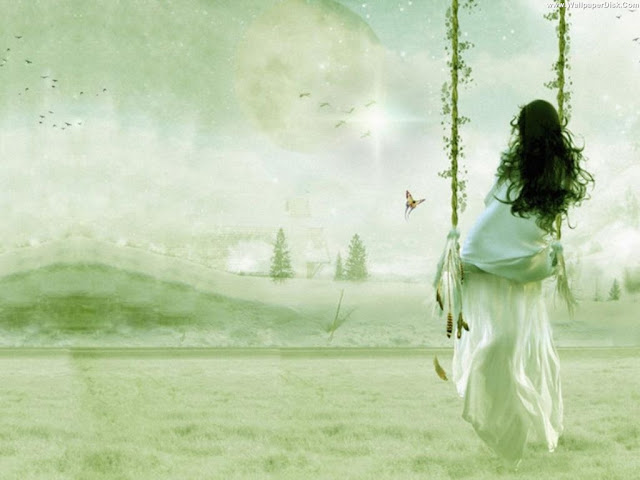Sea sparkle - Noctiluca scintillans
Discovery:
Noctiluca scintillans – also known as “sea sparkle,” “sea fire,” “sea
ghost” and any number of other delightfully romantic-sounding names are a species of dinoflagellate that feed on algae, plankton and
bacteria. In December 2008, a high concentration of blue-green algae
called Synechococcus prompted a higher than usual population of N.
scintillans in the Gippsland Lakes. When Phil Hart embarked on his annual trek to the lakes, he and his
companions discovered a blue luminescence in the water unlike anything
any of them had ever seen before. N. scintillans uses its
bioluminescence as a defense mechanism, lighting up when it senses a
predator coming near. The ghostly glow attracts even larger predators to
eat the first predator, keeping the N. scintillans safe to glow another
day.
History:
Noctiluca scintillans, commonly known as the Sea Sparkle, and also published as Noctiluca miliaris, is a free-living non-parasitic marine-dwelling species of dinoflagellate that exhibits bioluminescence. The bioluminescent characteristic of N. scintillans is produced by a luciferin-luciferase system located in thousands of spherically shaped organelles, or “microsources”, located throughout the cytoplasm of this single-celled protist. Nonluminescent populations within the genus Noctiluca lack these microsources.
Distribution:
N. scintillans can be found widely distributed throughout the world, often along the coast, in estuary, and shallow areas of the continental shelf that receive plenty of light which promotes the growth of the phytoplankton that make up a large portion of N. scintillans’s diet.
Blooms:
High concentrations of their plankton food source that likely result from environmental conditions such as well-mixed nutrient-rich waters and seasonal circulation factors are implicated in population blooms of N. scintillans, known as “red tides”. Runoff from agricultural pollution may contribute to the severity of
these blooms. However this is not required to cause explosive growth of Noctiluca scintillans. Not all blooms associated with N. scintillans are red. The color of N. scintillans is in part derived from the pigments of organisms inside the vacuoles of N. scintillans. For instance, green tides result from N. scintillans populations that contain green-pigmented prasinophytes (green algae, Subphylum Chlorophyta)that are living in their vacuoles. N. scintillans itself does not appear to be toxic, but as they feed voraciously on phytoplankton high levels of ammonia accumulate in these organisms which is then excreted by N. scintillans into the surrounding area which may add to the neurotoxic chemicals being produced by other dinoflagellates, such as Alexandrium spp. or Gonyaulax spp., that do result in the death of other aquatic life in the area.
Classification:
Sea sparkle belongs to the dinoflagellate group
under the "protists". The protists as a systematic group is not well
motivated or defined, as it is used to collect organismer that are not
bacterias, fungi, plants or animals into a common group.
Reproduction:
Noctiluca scintillans reproduces asexually
by binary fission and also sexually via formation of
isogametes. This species has a diplontic life cycle; the vegetative
cell is diploid while the gametes are haploid. The gametes are
gymnodinioid with dinokaryotic nuclei.
Toxicity:
Toxic blooms of N. scintillans have been linked
to massive fish and marine invertebrate kills. Although this species
does not produce a toxin, it has been found to accumulate toxic levels
of ammonia which is then excreted into the surrounding waters possibly
acting as the killing agent in blooms (Okaichi & Nishio 1976; Fukuyo
et al. 1990). Extensive toxic blooms have been reported off the east
and west coasts of India, where it has been implicated in the decline of
fisheries (Aiyar 1936; Bhimachar & George 1950).
It is highly unusual to see this concentration of bio-luminescent
organisms anywhere in the world. The magical event was truly a
breathtaking displays of nature’s unexpected beauty. I was highly impressed to see these eye-delight sea sparkler and wanna share this happiness!







Amazing and Informative!
ReplyDeleteThis was amazing, as is said in the comment before mine, and helped a lot with my science project. However, how come no website has the taxonomies? That's a huge part of my grade on this assignment. But I'm assuming this was made for entertainment, not homework assignments. Even so, this helped me with things like their habitats and facts.
ReplyDeleteHumbled to know it helped u.
Deletehow many live in the entire world???
ReplyDeletePLZ answer Anonymous
ReplyDeletealmost 700,000,000
DeleteI ain't sure of the count.
DeleteWhat do they normally eat?
ReplyDeleteAlgae, plankton, and bacteria
Deletei'm hungry....
ReplyDeleteThank you for the information! But where do they live?
ReplyDeleteGreat Job copying and pasting from Wikipedia
ReplyDeletelol
DeleteThat's cool post
ReplyDelete